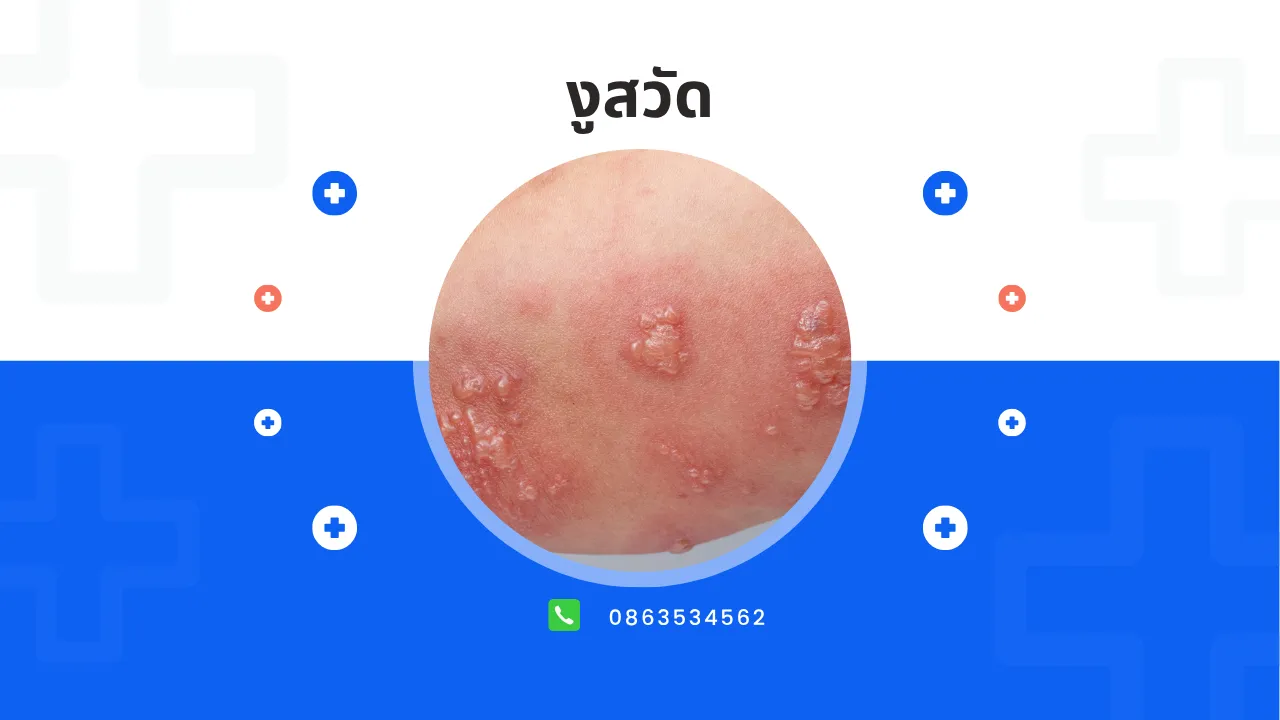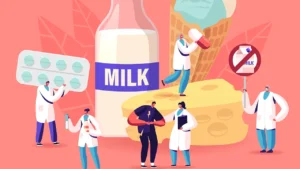Shingles in the Elderly: A Silent Threat That Needs Attention by Dr. Niorn Boonpuean, Lallalita Clinic
Shingles (Herpes Zoster) is a skin disease caused by the Varicella-Zoster Virus (VZV), the same virus that causes chickenpox. Many may think shingles is a remote concern, but it is actually a silent threat that poses a significant health risk to the elderly, especially those aged 50 and over whose immune systems are beginning to weaken. This allows the virus that has been dormant in the body for a long time to reactivate. Dr. Niorn Boonpuean from Lallalita Clinic is here to provide information about shingles in the elderly, so everyone can understand, prevent, and care for themselves properly.
Why are the elderly at risk for shingles?
After having chickenpox in childhood, the Varicella-Zoster Virus does not disappear but lies dormant in the body's nerve ganglia. Whenever the body's immunity weakens—due to factors like increasing age, stress, lack of sleep, poor nutrition, or underlying conditions that affect immunity (e.g., diabetes, cancer, patients on immunosuppressive drugs)—the virus takes this opportunity to reactivate, causing shingles.
Symptoms of Shingles in the Elderly
The symptoms of shingles in older adults are often more severe and prolonged than in younger people, and include the following:
* Prodromal Symptoms (Warning Signs): The patient may feel a burning, itching, or tingling pain in a specific area of the skin, which can occur several days before a rash appears.
* Rash and Blisters: After 2-3 days of prodromal symptoms, a red rash will begin to appear along the path of the nerve where the virus resides (a dermatome). The rash is typically on only one side of the body and does not cross the midline. The rash then develops into fluid-filled blisters, which can be small or large and clustered together.
* Severe Pain: The pain is often described as a burning, sharp, stabbing, or electric shock-like sensation. In the elderly, the pain can be so severe that it affects sleep and daily activities.
* Other Symptoms: Fever, headache, fatigue, or swollen lymph nodes may also occur.
Concerning Complications in the Elderly
The most worrisome aspect of shingles in the elderly is the potential for complications, which can be severe and chronic:
* Postherpetic Neuralgia (PHN): This is a common and extremely debilitating complication where the burning pain persists even after the rash has healed. It can last for months, years, or even a lifetime. This condition is more common and severe in the elderly.
* Secondary Bacterial Infection: The blisters can rupture and become infected with bacteria, leading to impetigo or purulent sores.
* Ophthalmic Shingles (Shingles of the Eye): If shingles occurs on the face near the eye, it can lead to serious eye complications such as keratitis (inflammation of the cornea), vision loss, or blindness.
* Neurological Complications (Brain and Nervous System): In very severe cases, the virus can spread to the brain or central nervous system, causing conditions like encephalitis (brain inflammation), meningitis, or muscle weakness.
Prevention and Management of Shingles in the Elderly
Treatment of shingles in the elderly focuses on reducing the severity of the disease, alleviating pain, and preventing complications, especially postherpetic neuralgia (PHN):
* Antiviral Medications: Administering antiviral drugs such as Acyclovir, Valacyclovir, or Famciclovir within the first 72 hours of symptom onset can significantly inhibit viral replication, reduce the severity of the rash, and lower the risk of developing PHN.
* Pain Relievers: The doctor will prescribe pain medication based on the severity of the symptoms, ranging from common analgesics to stronger pain relievers, or medications that act on the nervous system to reduce nerve pain.
* Anti-itch Medications: Topical or oral medications to reduce itching and irritation.
* การดูแลแผล: รักษาความสะอาดของแผลเพื่อป้องกันการติดเชื้อแบคทีเรียแทรกซ้อน
Prevention of Shingles in the Elderly
The best way to prevent shingles is to boost the body's immunity, especially in older adults:
* Get the Shingles Vaccine: There is now a shingles vaccine recommended for individuals aged 50 and over, regardless of whether they have had chickenpox or shingles before. The vaccine helps reduce the risk of developing the disease, lessens the severity of symptoms, and effectively reduces the chance of complications, especially PHN. You should consult Dr. Niorn Boonpuean at Lallalita Clinic for advice on the appropriate vaccine.
* Maintain a Healthy Lifestyle:
* Get enough rest: Adequate sleep helps strengthen the immune system.
* Eat a nutritious diet: Focus on fruits, vegetables, and a balanced diet.
* Exercise regularly: Physical activity helps keep the body strong and the immune system functioning well.
* Manage stress: Find ways to relax, such as engaging in hobbies, practicing yoga, or meditating.
Conclusion
Shingles is a disease that can cause immense suffering for the elderly due to severe pain and potential complications. Understanding the disease, recognizing the symptoms, and seeking prompt treatment from a specialist, along with prevention through vaccination and maintaining good health, are critically important. This ensures that older adults can enjoy a good quality of life, free from the torment of shingles. If you have any questions or need a consultation regarding shingles in the elderly, please contact Dr. Niorn Boonpuean at Lallalita Clinic for appropriate care.
Contact us to book a consultation or for more information:
Phone Number: 0863534562
Line ID: @lullalitaclinic or https://lin.ee/TCLyHP1
Facebook Page: Lullalita Clinic or https://www.facebook.com/lullalitaclinic/
แผนที่ https://maps.app.goo.gl/N3ukWTtRxUjDHu1e8





